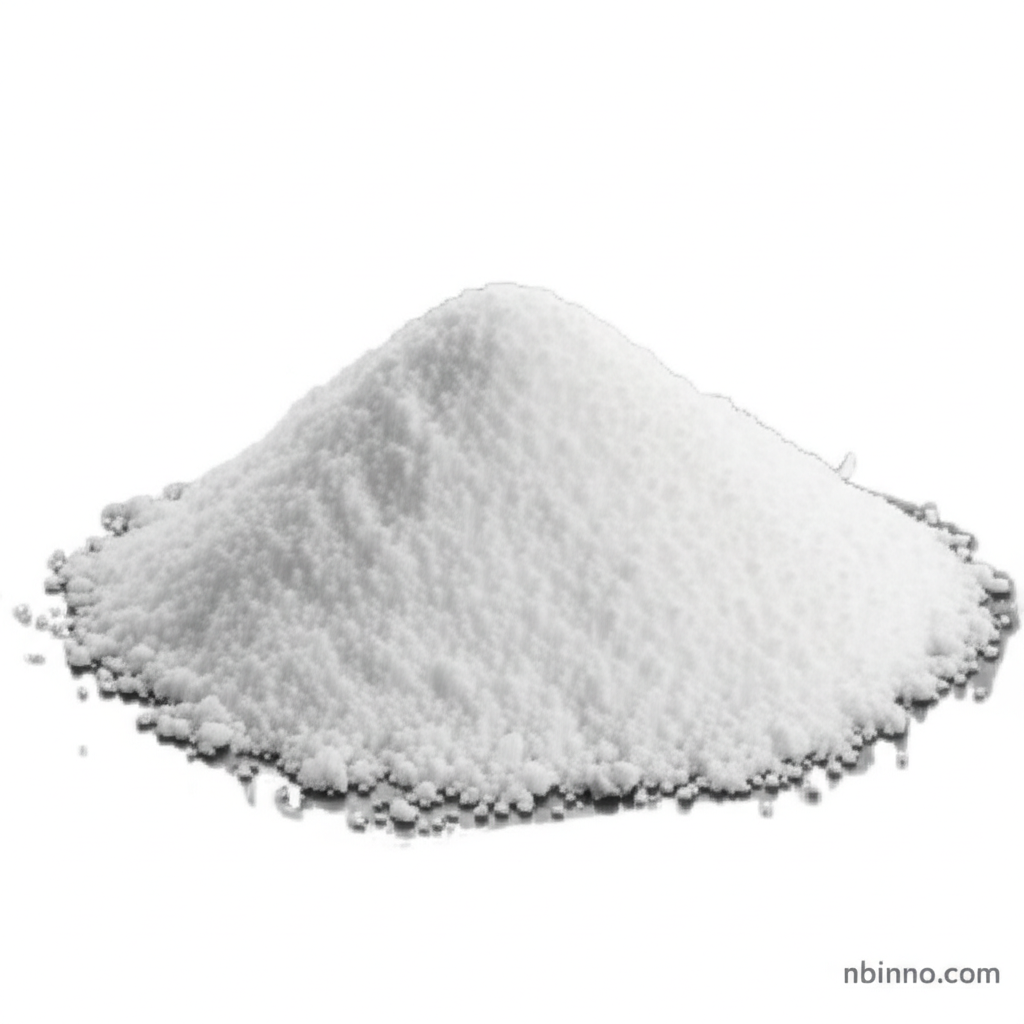Polyethylene Glycol 4000: A Key Pharmaceutical Excipient
Enhance your drug formulations with the exceptional properties of PEG 4000 for superior delivery and stability.
Get a Quote & SampleProduct Core Value

Polyethylene Glycol 4000
Polyethylene Glycol 4000 stands out as a highly versatile and reliable pharmaceutical excipient, crucial for modern drug formulation. Its key advantage lies in its ability to act as an effective binder and lubricant in tablet manufacturing, significantly improving the process of tablet production. Furthermore, its role in enhancing drug release from tablets and providing a smooth, durable surface makes it invaluable for creating high-quality dosage forms. The consistent quality and purity, typically exceeding 99%, ensure predictable performance in various pharmaceutical applications, supporting advanced drug delivery systems.
- Discover the role of polyethylene glycol 4000 as a pharmaceutical excipient in various drug delivery systems, enabling enhanced patient outcomes.
- Learn how PEG 4000 functions as a binder in tablet manufacturing, contributing to the integrity and quality of oral medications.
- Explore the benefits of using polyethylene glycol 4000 for improved drug release, a critical factor in therapeutic efficacy.
- Understand the importance of high purity (>99%) in pharmaceutical-grade PEG 4000 for ensuring safety and consistency in drug products.
Key Advantages Offered
Enhanced Tablet Properties
Leveraging PEG 4000 as a binder in tablet manufacturing ensures excellent tablet hardness and integrity, minimizing breakage and improving the overall quality of solid dosage forms. This contributes to reliable drug delivery.
Improved Drug Release
The inclusion of polyethylene glycol 4000 in tablet formulations can optimize drug release profiles, ensuring that active pharmaceutical ingredients are delivered effectively to the body as intended.
Facilitated Manufacturing Process
As a lubricant, PEG 4000 aids in the smooth production of tablets, preventing sticking to machinery and ensuring efficient manufacturing runs, thus supporting consistent pharmaceutical production.
Key Applications
Pharmaceutical Formulation
Utilized extensively as a binder, lubricant, and excipient in the production of tablets and capsules, improving their physical characteristics and drug release profiles.
Cosmetic Products
Serves as a humectant, solvent, and thickener in various cosmetic formulations, contributing to product texture and efficacy.
Ointment and Suppository Bases
Its semi-solid to solid nature makes it an ideal base for ointments and suppositories, providing a stable and effective delivery vehicle.
Industrial Applications
Finds use in various industrial processes as a lubricant, solvent, and surfactant, showcasing its broad chemical utility.
